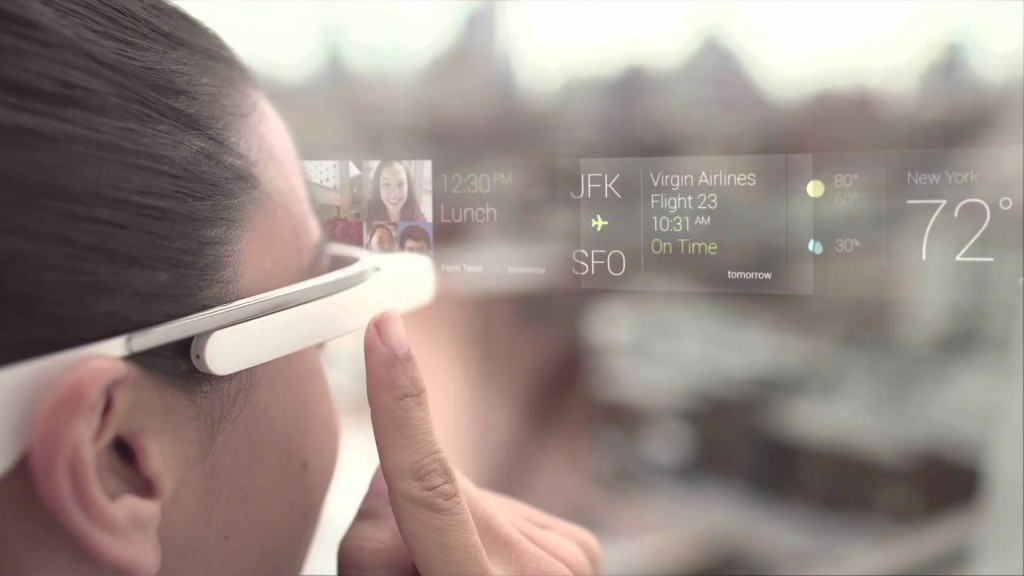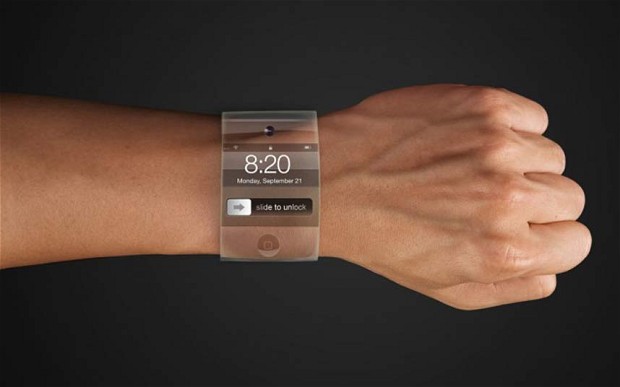Wearable computing devices are tiny computers that users can wear on their bodies. Some devices clip to clothing, some users wear them as glasses and others are smartwatches. Some wearable devices are like desktop computers that have been shrunken down for body wear, but most wearable devices that are getting attention now -Fitbit Flex, Pebble smartwatch, Apple iWatch and Google Glass, to name a few – link to the Web or to a mobile device via Bluetooth.
Wearables such as Fitbit Flex track steps, sleep cycles, workout stats and more, then deliver that information to the user’s smartphone. Other wearable computing devices may be useful in the medical field because they can monitor patients’ vitals and send that information to their doctors. Google Glass is purported to give users an augmented reality experience, supplying information on demand.
For example, when a Google Glass wearer walks into an airport, the device might show him detailed information about his flight.
For example, A young Indian techie has invented a ring-type device, that can turn your palm into a gesture interface to control multiple devices, including mobile phones, television, music system, gaming console to name a few. The smart ring called ”Fin” promises to be the next revolution in wearable technology.
People are seeing a flood of devices and information has become important like never before.
Wearables also promise troves of unique data related to health, activities and location to marketers. So, they could send a user an electronic coupon for cookies when she is in the snack aisle of a grocery store. Devices such as computerised eyewear could even detect what a user is looking at when they’re shopping.
Conclusion : Wearable tech is becoming simpler and more personalized to suit the fashion, surroundings and interests. People are coming with technology which alerts you if you’re eating too fast and this will get even more hi-tech in the future.
– Pratiksha Trivedi






6 Comments